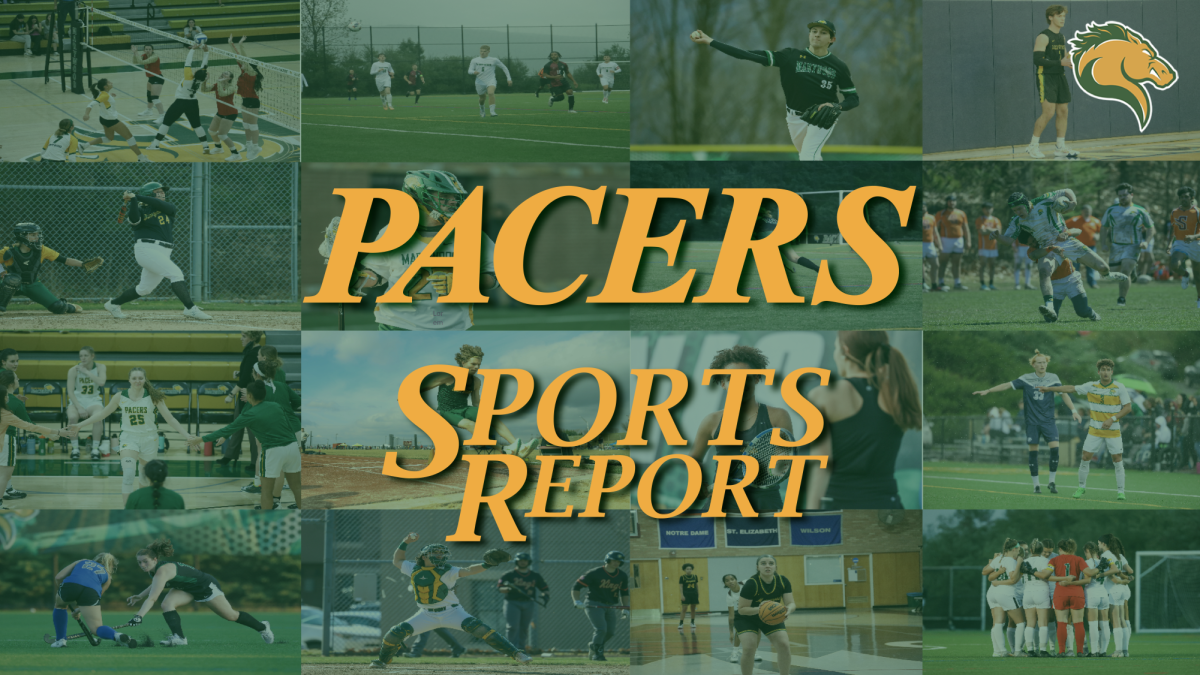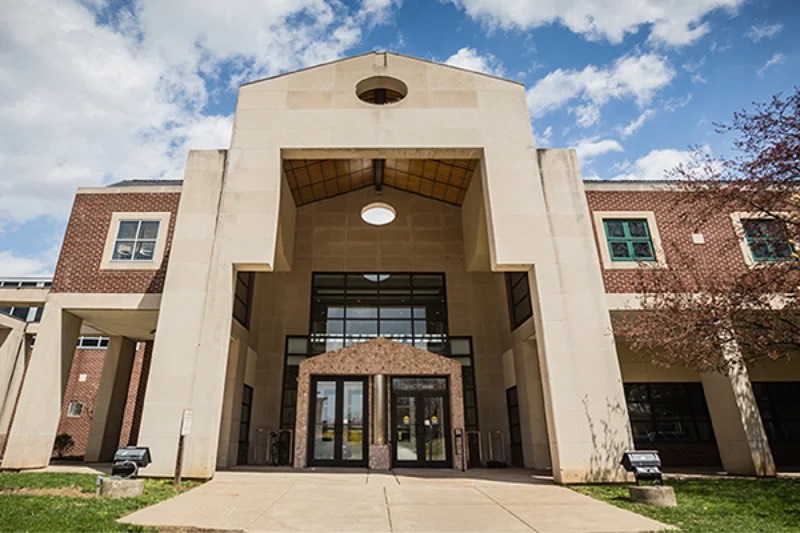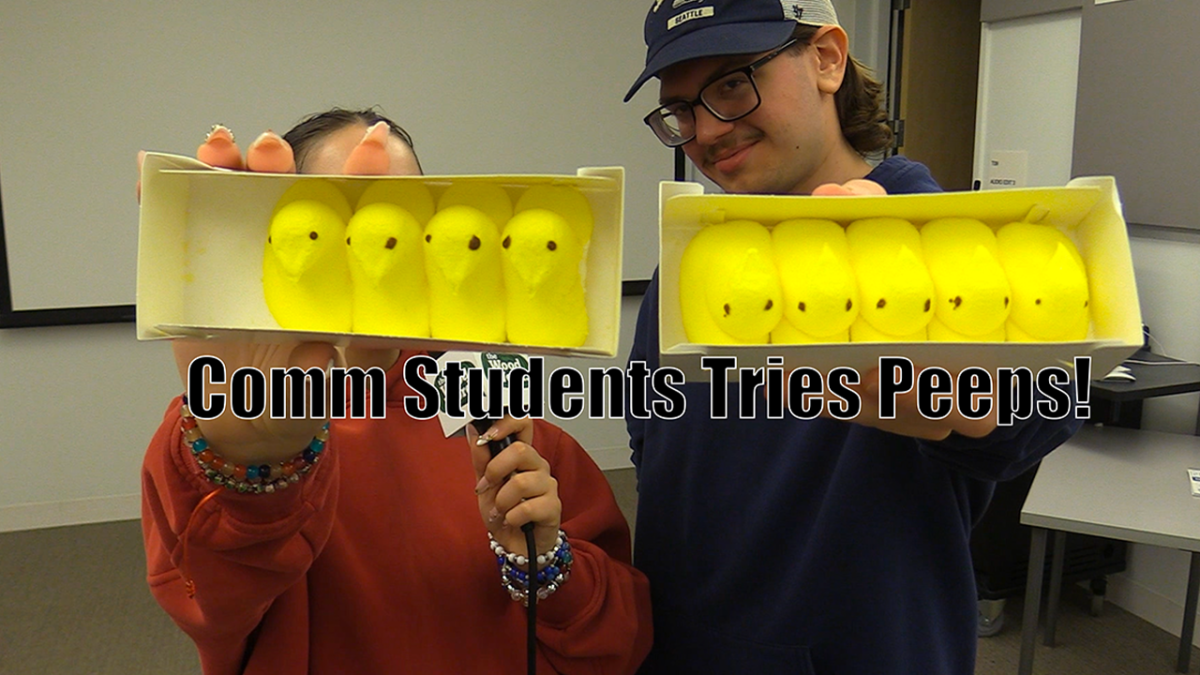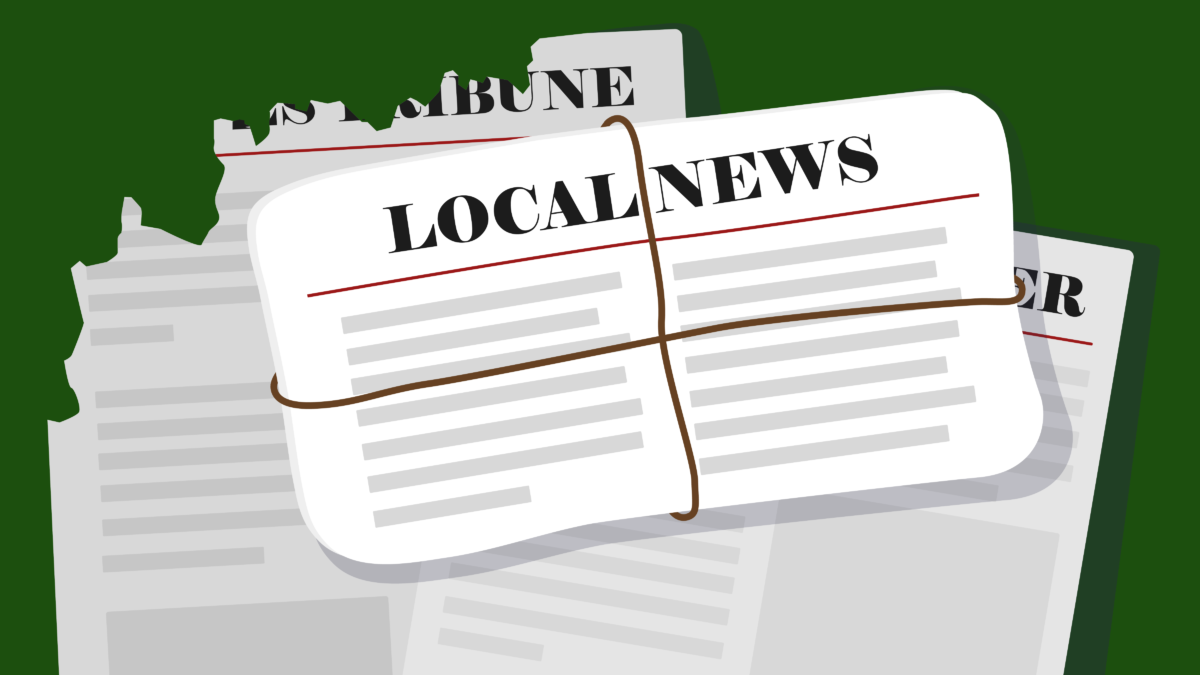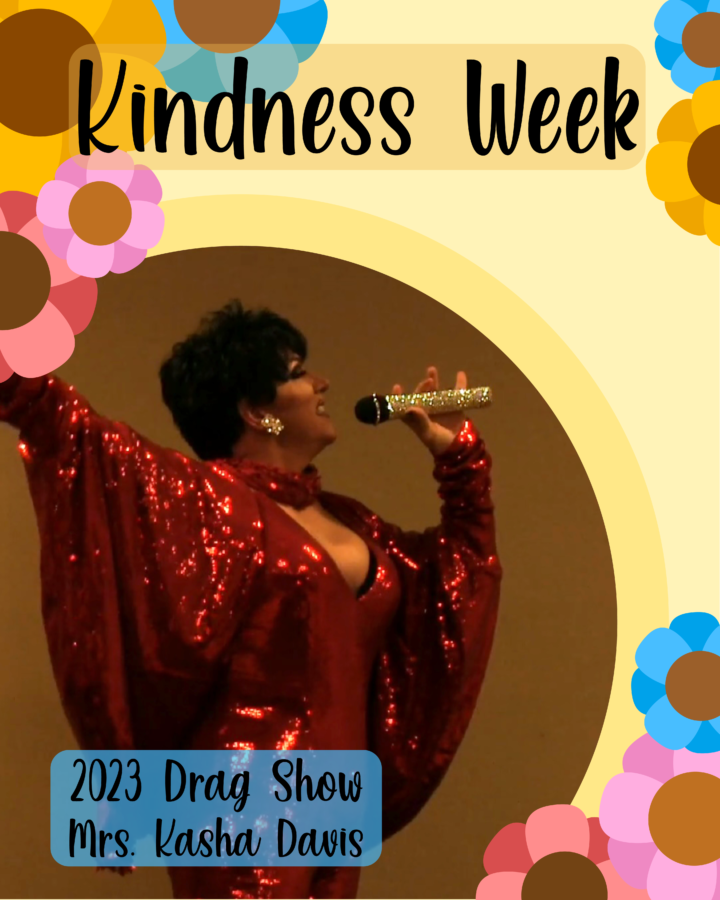Fake news may seem like an insignificant problem in the world of mass communication, but false information can quickly and frequently leave people misinformed.
Just last month, an organization used The Wood Word’s logo, slightly changed our name and shared a post on social media claiming to be a “Trusted Marywood University Source of News.”
The post, an opinion piece claiming to be written by television personality Zak Bagans, only appeared on Instagram and the Marywood Pacer Space App, but viewers quickly believed the story to be true and from a real publication.
The “publication” is in no way affiliated with The Wood Word. The poster temporarily shared a disclaimer on their Instagram story identifying the piece as satire.
Satire or not, claiming to be a trusted news source–and using the name of one that actually exists– can cause confusion and can potentially lead to a slippery slope of spreading misinformation.
In this age of the internet that we are living in, it is easier than ever to produce and distribute information that is false, inaccurate or even dangerous. The British Broadcasting Corporation even has a section on their website dedicated to debunking false narratives, and it is updated regularly.
The University of Oregon defines fake news as “information that is clearly and demonstrably fabricated and that has been packaged and distributed to appear as legitimate news.”
If a so-called news publication does not clearly identify itself as satire or parody, and instead appears to be a legitimate news organization, readers can quickly become confused and could potentially interpret false information as true.
Merrimack College communications professor Melissa Zimdars compiled a list of fake news sources as well as tips and advice for analyzing websites to determine if the source is credible, legitimate and considered reputable. The list, which was originally created as a resource for her communications students, was shared with CBS news in 2016.
Some of Zimdars’ tips include:
Avoiding websites that end in “lo” or end in “.com.co” These are often fake versions of real news sources or sites that take pieces of accurate information and then add information that is false or misleading.
Consult multiple sources to see if facts remain consistent despite differences in viewpoints.
Look at the “About” section of a website to see if the site identifies themselves as parody or satire.
Determine if known/reputable news sources are not reporting on the story in question. A lack of coverage could be the result of media bias, but typically multiple sources report on a certain topic or event.
On the surface, fake news can seem harmless, insignificant or even humorous at times, but what happens when fake news articles receive even more attention than real articles? A study conducted by Buzzfeed and Buzzsumo shows that on Facebook in 2016, engagement with fake election related stories surpassed engagement with real election related stories by a whopping 1.5 million engagements. This is shocking, especially given the importance and seriousness of election-related news. The spread and reach of false information is out of control.
Fake news can even have dangerous health implications. Brazilian researchers conducted studies in 2020 and 2021 and concluded that there is evidence that suggests that the spreading of false information about the Coronavirus can cause psychological conditions such as panic, fear, depression and fatigue.
The Center of Media Literacy defines media literacy as “a framework to access, analyze, evaluate, create and participate with messages in a variety of forms – from print to video to the Internet.”
The ability to analyze and evaluate whether or not information is true is a skill that everyone should learn, especially the younger generations, as it seems that fake news doesn’t appear to be going anywhere.
Media Literacy not only can help readers determine whether or not a piece of work is true, but also can help readers identify potential biases, understand the context in which the piece was created and can help readers make better informed decisions.
High schools and universities should offer Media Literacy courses to students, or at least include media literacy skills into communications courses, journalism courses or even research-based courses in any field.
As consumers of media and citizens in a digital age, we all have a responsibility to uphold journalistic integrity and to call out fake news when we see it. We should be educating the younger generations to be able to discern whether or not a source is trustworthy and credible so that the problem of the perpetuation of false information is mitigated.
Anyone with access to a social media account or Photoshop can quickly create something that may appear to be legitimate, but it’s important to use critical thinking and close examination to determine whether or not a source is credible, trustworthy and reliable.
Contact the editorial board: [email protected]






